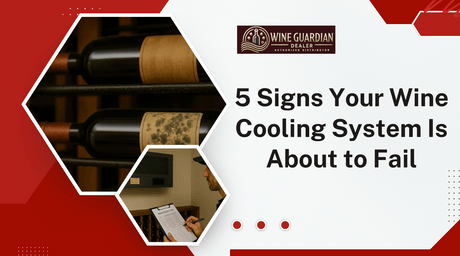
5 Signs Your Wine Cooling System Is About to Fail
Don’t wait for a costly surprise. Wine Guardian Dealer breaks down the top 5 signs your wine cooling system may be failing — and how to fix it before damage...
Jim Hopper
In Stock & Ready to Ship – Order Your Wine Cooling System Today!
Free Wine Cellar Expert Consultation | 📞 Call 1-800-260-1712
Start with a free expert consult—cooling system sizing, racking options, and no upsells.
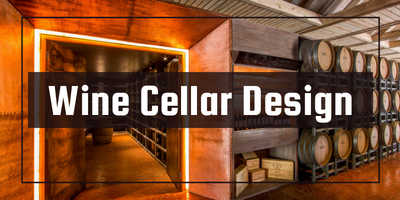
Build your dream wine cellar—without costly mistakes or guesswork.
By Jim Hopper, Wine Cooling Expert
Building a wine cellar is one of the most rewarding upgrades you can make to your home—but it’s also one of the easiest to get wrong. Using incorrect wine racks can lead to wasted space and damaged wine bottles, so careful planning is essential.
From poor insulation to underpowered cooling systems, small mistakes can lead to big wine storage problems like mold, spoiled wine, and wasted investment. The good news? Most of these issues are totally preventable. Ensuring proper conditions for long-term storage, such as bottle orientation and environmental control, is crucial. Not planning for future expansion of a wine collection can also result in inadequate storage capacity, so it’s wise to think ahead.
In this guide, we’ll walk you through the top 10 mistakes homeowners make when building a wine cellar — and how to avoid every one of them.
You can also explore more pro tips in our full Wine Cellar Design and Installation: Build a Beautiful, Functional Wine Room That Lasts.
Let’s save your wine before the first bottle even goes in.
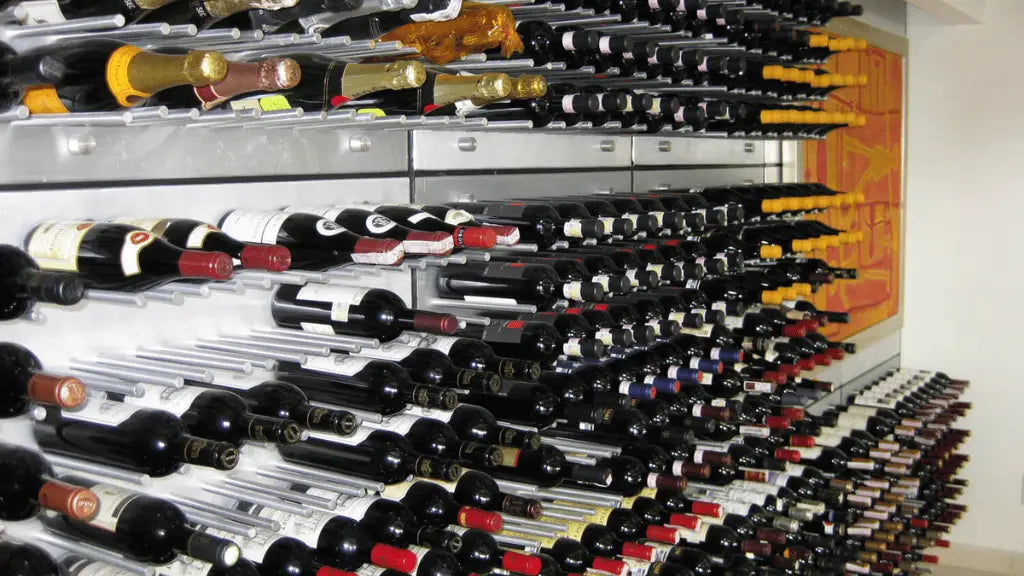
Correct insulation isn’t just for keeping warm—it’s essential for maintaining a stable environment inside your wine cellar. Inadequate insulation can lead to temperature fluctuations, which negatively impact the efficiency of your cooling system and the quality of your stored wine.
Without it, your cooling system will work overtime, your energy bills will spike, and worst of all, your wine could be exposed to temperature swings. Proper insulation helps keep the cold air inside a wine cellar and warm air outside, ensuring your wine remains in optimal condition.
Use R-13 or higher insulation for walls
Use R-30 or higher in ceilings
Seal all gaps and use foam board or spray foam where possible
Don’t forget the floor (especially for basement cellars)
📘 Read: Wine Cellar Insulation: Best Materials, Cost & DIY Guide
One of the most overlooked steps is also one of the most important: a vapor barrier prevents warm, moist air from seeping into the cellar and throwing off humidity levels. A vapor barrier also prevents moisture formation that can trigger mold growth, protecting your wine and the cellar structure.
Without one, you risk:
Mold behind the walls
Damaged insulation
A cooling system that never shuts off
Install a 6-mil plastic vapor barrier on the warm side of the wall (the side facing away from the cellar).
If your refrigeration system isn’t powerful enough, it will run constantly and still fail to keep temps steady—especially in hot climates or poorly insulated spaces.
A wine refrigeration unit is crucial for maintaining steady temperature and humidity levels, which are essential for proper wine maturation.
Size your system based on:
Room volume (in cubic feet)
Insulation quality
External temperature exposure
Glass or lighting features
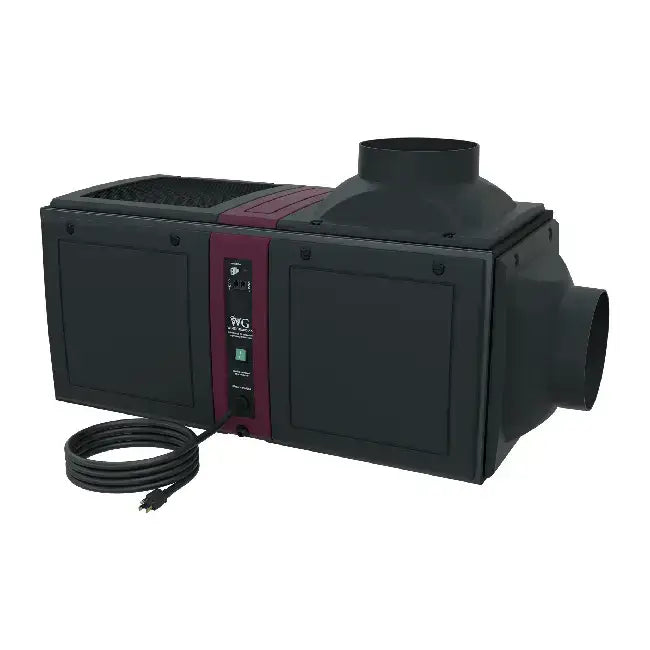
👉 Try the Wine Guardian D025 Ducted System for mid-sized rooms, or upgrade to the D088 for larger builds.
📘 Learn: How to Size a Wine Cellar Cooling System (BTU Guide)
Regular HVAC units or wine fridges aren’t built for wine storage. They either fluctuate too much or don't offer the humidity control needed to protect your corks and labels.
Using a regular air conditioner is not suitable for wine storage because it doesn't provide the required conditions for aging. Installing a conventional air conditioning system in a wine cellar is a costly mistake, as it cannot maintain the precise conditions required for wine preservation.
Use a dedicated wine cellar cooling system with:
Consistent 55°F target
Humidity-friendly airflow
Quiet, vibration-free operation
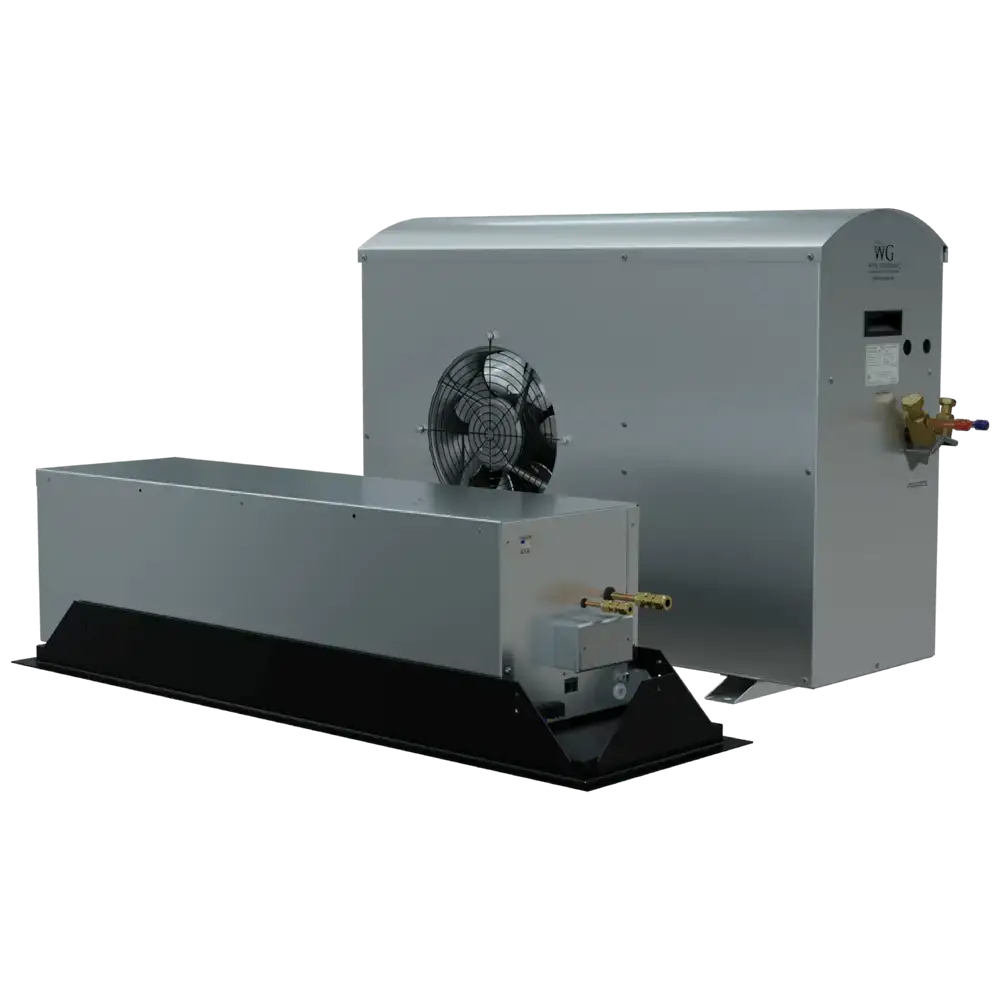
✅ The Wine Guardian WG25 Wine Wall System is ideal for small DIY builds, while the Pro Series D050 Split System is best for garages or attics.
If your cellar is too dry, corks shrink and let oxygen in. If it’s too humid, you risk mold and label damage. Maintaining the proper humidity level, ideally between 50% to 70%, is crucial to prevent cork drying and mold growth. It’s a delicate balance—and often overlooked.
Install a humidity control system like the Wine Guardian Freestanding Humidifier. It keeps your wine in the sweet spot of 60–70% RH.

Fluctuating temperatures can be a significant issue when building a wine cellar near heat sources, exterior walls, or in sun-exposed areas, as these placements force your system to work harder—and may shorten its lifespan.
Best locations: basements, interior rooms, shaded closets
If you must use a garage or attic, upgrade insulation and cooling
Glass doors and walls look beautiful—but they’re not great at keeping heat out. They also add to your cooling load. A quality high-insulated door is crucial for maintaining the cooling environment in a wine cellar, ensuring that temperature and humidity levels remain stable.
An automatic door bottom is essential for enhancing the sealing and insulation of wine cellar doors, as it helps maintain the internal temperature by preventing cool air from escaping and provides convenience by automatically closing the door when hands are full.
Custom wine cellar doors are specially constructed to insulate and seal the wine cellar, providing an additional layer of protection. Using exterior grade materials for these doors ensures durability and proper insulation, which is crucial for maintaining the cool environment needed for wine storage.
Use double- or triple-pane insulated glass
Increase your BTU estimate by 15–25%
Install hidden ducted systems for balanced cooling
A properly designed wine cellar door will have features such as weather stripping to prevent air leakage, ensuring the environment remains stable.
Bright lights raise temperatures and can damage wine over time. Certain types of lighting also emit UV rays.
Use LED lights only
Avoid halogen or incandescent bulbs
Limit how long lights stay on (use motion sensors if possible)
LED lighting is recommended for wine cellars because it produces low heat output, helping to maintain the ideal environment for wine storage.
You can’t manage what you can’t measure. Keeping wine in contact with corks is crucial to prevent spoilage. If your cellar doesn’t have monitoring, you might not know there’s a problem until it’s too late.
Install a smart system that tracks:
Temperature
Humidity
Power status
✅ Wine Guardian’s smart-enabled units offer Wi-Fi monitoring and alerts, so you’ll always know your wine is safe—even if you’re away.
📘 Read: Smart Wine Storage – The Future of Wine Preservation
Even if you’re doing a DIY project, it’s smart to get professional advice—especially when sizing your system or building in a tricky space like an attic or garage.
Hiring a professional for wine cellar construction helps avoid significant problems related to wine storage, ensuring your investment is protected. Careful planning and quality construction in wine cellar building are crucial to prevent costly mistakes and damage to your wine collection.
Call for a free consultation
Get your BTU estimate right the first time
Ask about product compatibility before you buy
Professional installers ensure the correct construction of vapor barriers, which is crucial for preventing moisture issues in wine cellars.
📞 Call 1 (800) 260-1712 for a FREE consultation with a Wine Guardian Dealer expert.
Inadequate space planning can turn your dream wine cellar into a cramped and inefficient storage nightmare. When building a wine cellar, it’s crucial to ensure you have enough space to store your wine collection comfortably and accessibly. Overcrowding not only risks damaging your wine bottles but also makes it frustratingly difficult to find and retrieve the bottle you want.
“We built the whole cellar, then realized we forgot the vapor barrier. Had to tear out the drywall and start over. Don’t skip it!” — Tina G., Maryland. Avoiding such costly mistakes is crucial to ensure your wine cellar remains functional and prevents financial loss.
“Our first system was way too small. Wine Guardian helped us size a new one—and it hasn’t failed once since.” — Jacob L., Phoenix, AZ. Wine collectors often face challenges in maintaining optimal wine storage due to issues like poor-quality entryways, making it essential to invest in high-quality, insulated doors.
“Didn’t think I needed a humidifier. Corks started drying out. Now I never skip climate control again.” — Chloe M., Santa Barbara, CA
Avoid the common mistakes and protect your collection from day one. With the right plan—and the right Wine Guardian system—your cellar will be worry-free and wine-ready.
👉 Shop Wine Guardian Best Sellers
From compact wall units to advanced ducted systems, find the perfect fit for your cellar.
📞 Call 1 (800) 260-1712 for a FREE expert consultation
Let’s help you build a cellar that works—and protects your wine for years to come.
Poor insulation and improper cooling system sizing. Both can ruin wine and cost thousands to fix. Selecting and integrating the right wine cellar cooling unit from the beginning is essential for optimal wine preservation and to avoid issues like spoilage and mold growth.
Yes! Just be sure to use proper insulation and a wall-mounted cooling unit like the WG25. A well-designed wine room is crucial to ensure optimal climate control and avoid mistakes.
Call us for a free consultation, or read our BTU sizing guide.
If you live in a dry climate or use a powerful cooling unit, yes. It protects corks and wine long-term.
🛒Shop our most-loved Wine Guardian cooling systems today.
🛠️Protect your wine with the most trusted systems on the market.
❤️Tested, reviewed, and loved by serious collectors like you.